About
Nowadays, known as "The Capital of the Mayan Orient", Valladolid is one of the two Magical Towns of Yucatán. It is a beautiful destination, since it has kept the architectural beauty of its ancestral colonial buildings. It also provides a quiet place to enjoy your vacation, where you can mingle with a deep-rooted culture, history, legends, handicrafts, the nature of its cenotes, archaeological sites to admire and learn more about the Mayan culture. Not belittling its exquisite food with mestizo recipes, it is highly recommended to try the famous sausage of Valladolid.
Valladolid is located right in the middle of the two most important cities of the Yucatán Peninsula, Mérida and Cancún, both approximately 160 kilometers away. In addition, the main archaeological wonders of the area are fairly near: Chichén Itzá is only 45 kilometers away, and Ek Balam just 30 kilometers away.
Get to know the Magic Town of Valladolid, learn about its history, walk its streets, and admire its colonial architecture. Taste delicious traditional food and be surprised by the natural beauty of the cenote in the middle of the town.
Must-sees
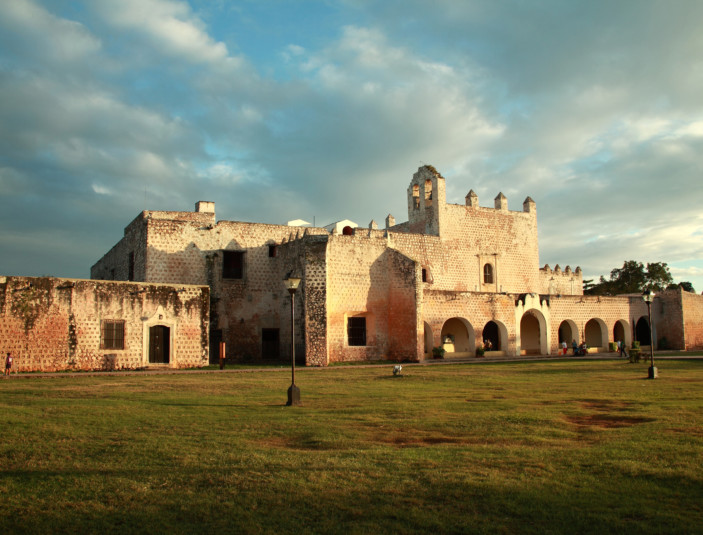 Convento de San Bernardino
Convento de San BernardinoConvento de San Bernardino
The “Convento de San Bernardino” is one of the main attractions in Valladolid. It is considered an architectural treasure for its unpretentious Franciscan style and majestic structure. The main altarpiece was made of gold wood, with structures and motifs that give it an unmistakable baroque air.
The “Convento de San Bernardino de Siena” was founded by the Franciscans who had recently arrived in Yucatán. It is one of the 7 convents built in the whole state and the second-largest, after Izamal. This convent was the first seat of the Franciscans in Valladolid. Inside it, there are still some vestiges that served during the process of evangelization of the Mayans. Here was where the process of conversion to Catholicism began.
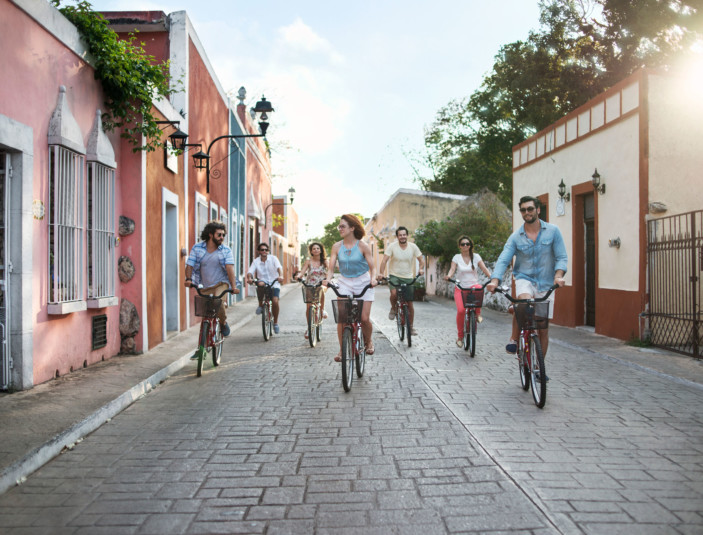 Calzada de los Frailes
Calzada de los FrailesCalzada de los Frailes
La Calzada de los Frailes was built in the 16th century to connect the town of Valladolid with the Sisal Indian village. It is a kind of alley that links the Sisal district with the five streets and the main street (41) that give access to the downtown of Valladolid. There are a sketch and descriptions of that time.
In this sector, architectural details of great value were rescued and renovated, resulting in a set of houses, streets, and lights that evoke the colonial past of Valladolid.
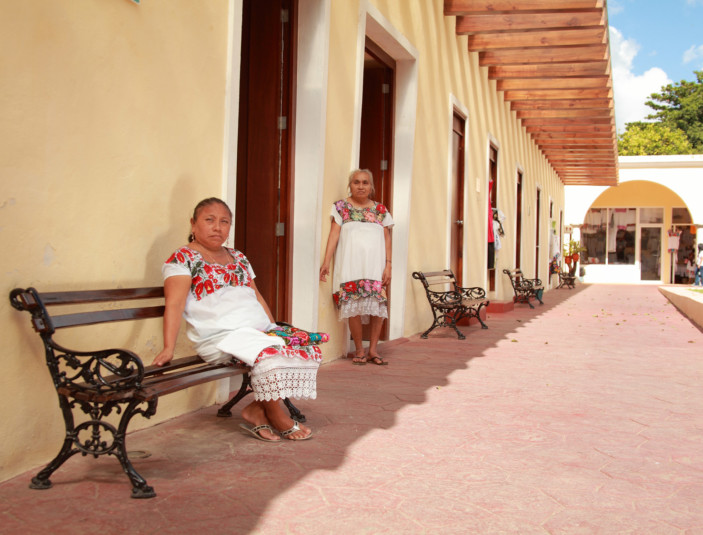 Centro Regional de Artesanías Zací
Centro Regional de Artesanías ZacíCentro Regional de Artesanías Zací
The “Centro Regional de Artesanías Zací,” is right in the center of the city of Valladolid. It is a particularly important house for the inhabitants of this place, especially for those who are dedicated to artisan work. Every day in this place, it is possible to acquire diverse products elaborated by hand, from embroidered works to leather sandals, among other articles.
In its beginnings, this place was part of what is known as the Casa Cural, which in the 19th century was remodeled and divided, opening a space for setting the “Centro Regional de Artesanías.”
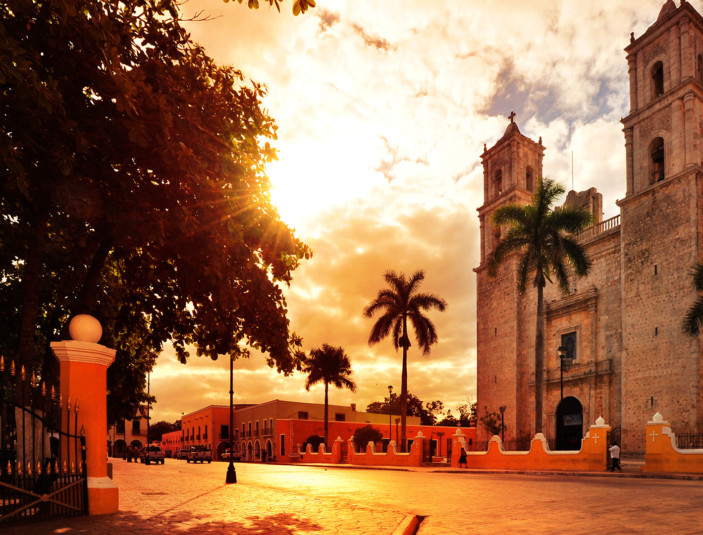 Iglesia de San Servacio
Iglesia de San ServacioIglesia de San Servacio
The “Iglesia de San Servacio” with a glorious tower, holds cannons that served to recover the city from the hands of the rebellious Indians who started the War of the Castes, in 1848. The inhabitants proudly keep it as a reminder of their glorious past.
Undoubtedly, one of the most visited places in Valladolid is the “Iglesia de San Servacio,” but it was not always like that, because it was not appreciated in previous years. It was until its remodeling in 1703 when even its entrance was changed; this event was known in the city as "the crime of the mayors".
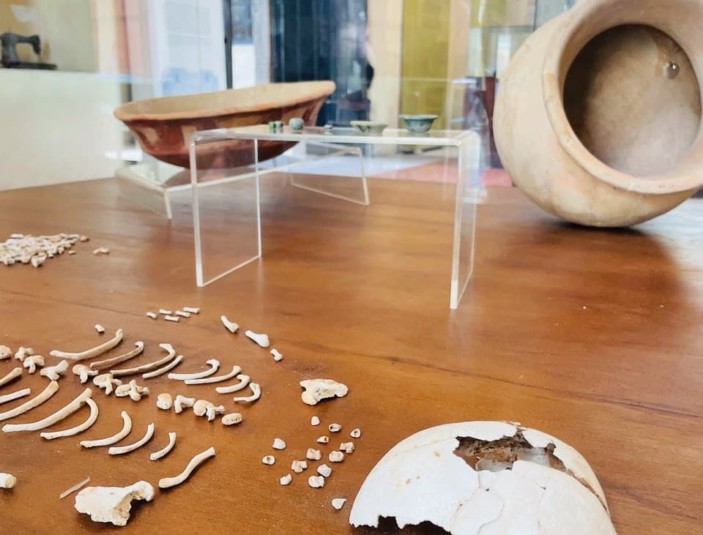 Museo de San Roque
Museo de San RoqueMuseo de San Roque
One of the places you should not miss in Valladolid is the “Museo de San Roque,” because here you will find the most relevant information on the history of this city and the state of Yucatán, from the pre-Hispanic era, through the colonial stage until the revolutionary era.
Inside the museum, you can observe archaeological pieces found during the research work of the surroundings and Ek Balam, some human remains resulting from the first Mayan burials, documents that are factual evidence of the history of the city, some archives, and crafts.
The Yucatán Peninsula is a paradise for those who wish to know and explore different places. Here you can find beaches, archaeological sites, colonial cities, but you will also find somewhat peculiar sites, like “La Destilería de Agave Mayapán,” located on the outskirts of Valladolid.
